The 10 Best Marketing Book Summaries of 2016
Finding the time for new books can be difficult. In between running a marketing department and keeping up with industry news, most people don’t even have time to think about reading! And it’s perfectly understandable. That’s why we’ve summarized some of the best marketing books published over the last few years. We’ve included the odd classic too.
Though anybody involved in marketing will benefit from implementing the key insights outlined here, the selections have been made to apply directly to those working in the digital realm. Of all the areas covered, content marketing is the most prominent, with three books about the topic included.
Why? Because a recent survey by the Content Marketing Institute highlighted the implementation and ROI measurement of content marketing as two of the biggest problems currently faced by marketers. In an age where inbound is fast gaining prominence as the premier promotional method, the need for leaders to understand how to craft and follow through on effective strategies can’t be understated.
With all that said, let’s jump right in!
The Membership Economy by Robbie Kellman Baxter - Find Your Super Users, Master the Forever Transaction, and Build Recurring Revenue
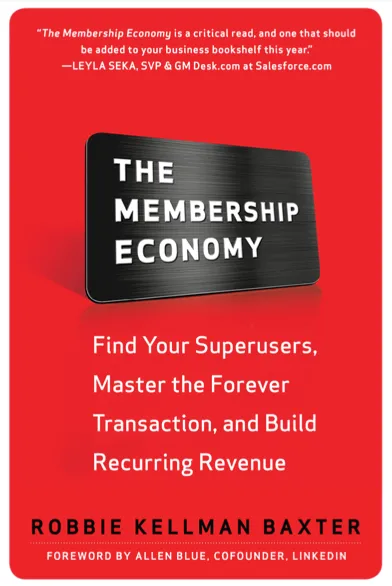
At the heart of Baxter’s book is a point relevant to almost everybody involved in selling membership-based products, SaaS providers and car lease companies alike.
Rather than opt for outright ownership, many consumers are choosing temporary access to goods and services, sidestepping the responsibilities and costs that would otherwise be involved. The trend is perhaps most clearly apparent in the uptake of services like Netflix and Amazon Prime, but the surge in SaaS is another good example. Rather than take on the hassles of server-maintenance, software updates and (this is important) big up-front investments, people are deciding to offload tasks like these onto an IT team working behind the scenes.
There are several important insights in the book. Baxter begins by outlining how marketers need to create effective sales funnels that connect seamlessly with a frictionless onboarding process - an aspect often overlooked by companies, yet one that’s necessary to facilitate the transition from subscribers to loyal members. He also highlights the importance of providing personalized customer experiences - made possible through advanced analytics and services like live chat - that foster long-term relationships.
People Over Profit by Dale Partridge - Break The System, Live With Purpose, Be More Successful
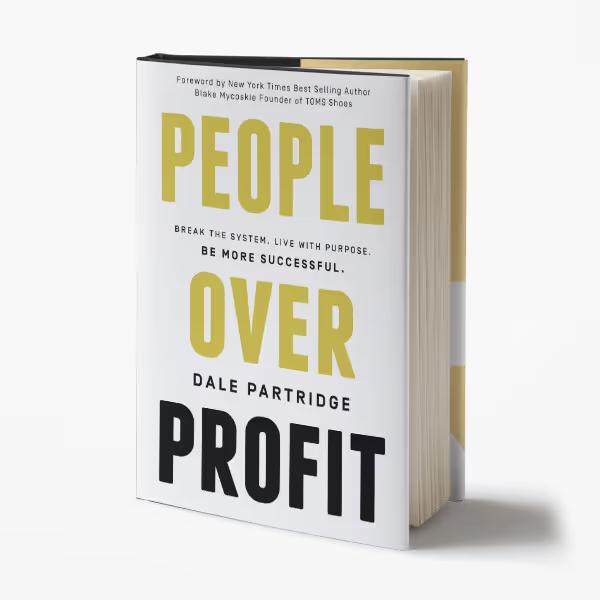
People Over Profit is a more loosely-focused book about company structure. It looks at how corporations tend to exist in a modern capitalist framework and how easy it can be for them to lose their way. First outlining four “stages” that he sees most companies as passing through - honesty, efficiency, deceptiveness and contriteness - he then goes on to put forward a set of strategies that can be utilized to avoid corruption.
What’s essentially needed, Baxter argues, is an evolution of performance metrics. Robust, well-developed feedback and evaluation mechanisms need to be built into company structure right from the start. What results is a real and dynamic handle on what customers are thinking, and with this the ability to change and grow in a truly customer-centric way.
Ask by Ryan Levesque - The Counterintuitive Online Formula to Discover Exactly What Your Customers Want to Buy...Create a Mass of Raving Fans...and Take Any Business to the Next Level
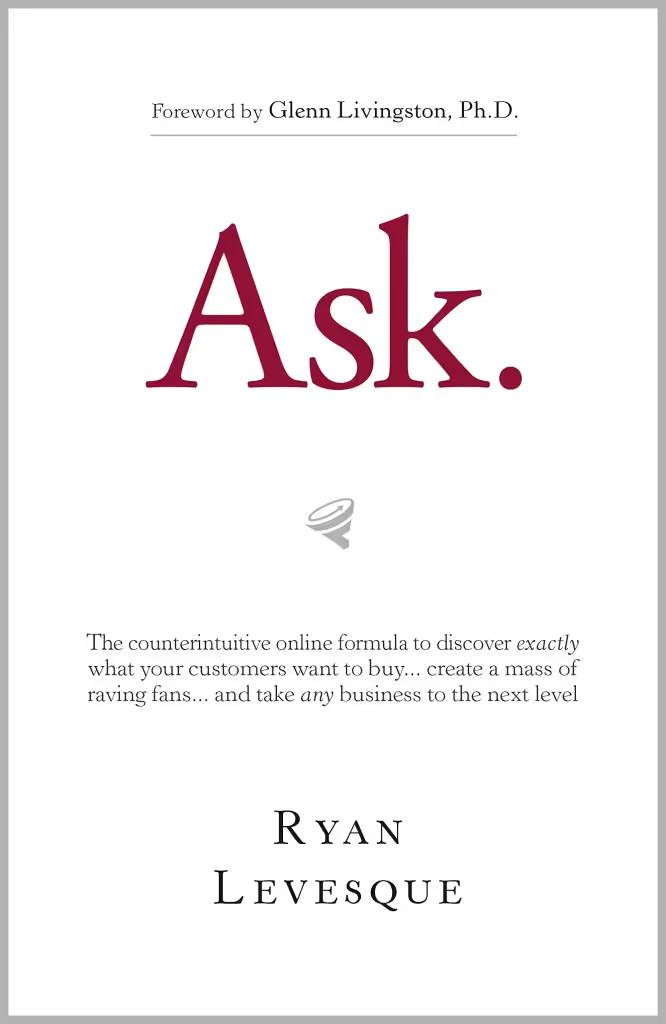
At the heart of this book is a simple idea: that the best way to figure out what your customer wants is to ask them. Sounds simple enough doesn’t it? The devil, as usual, is in the detail. All to often, Levesque argues, consumers don’t really know what they want. The trick is in asking in the right way. And this is what his “Ask Formula” aims to enable marketers to do - use surveys in unique and intriguing ways to get to the heart of what customers are after.
The formula begins with low investment outreach designed to build a profile of a potential buyer. Indirect questions like, “What are your biggest challenges?” are asked. From there, the customer is led through a series of “micro-commitment” stages, eventually arriving at the point where a full pitch can be delivered. The whole notion is based on the principle that everybody is unique and that tailored solutions deliver much higher value, and so profits, than a one-size-fits-all approach.
Tribes by Seth Godin - We Need You to Lead Us
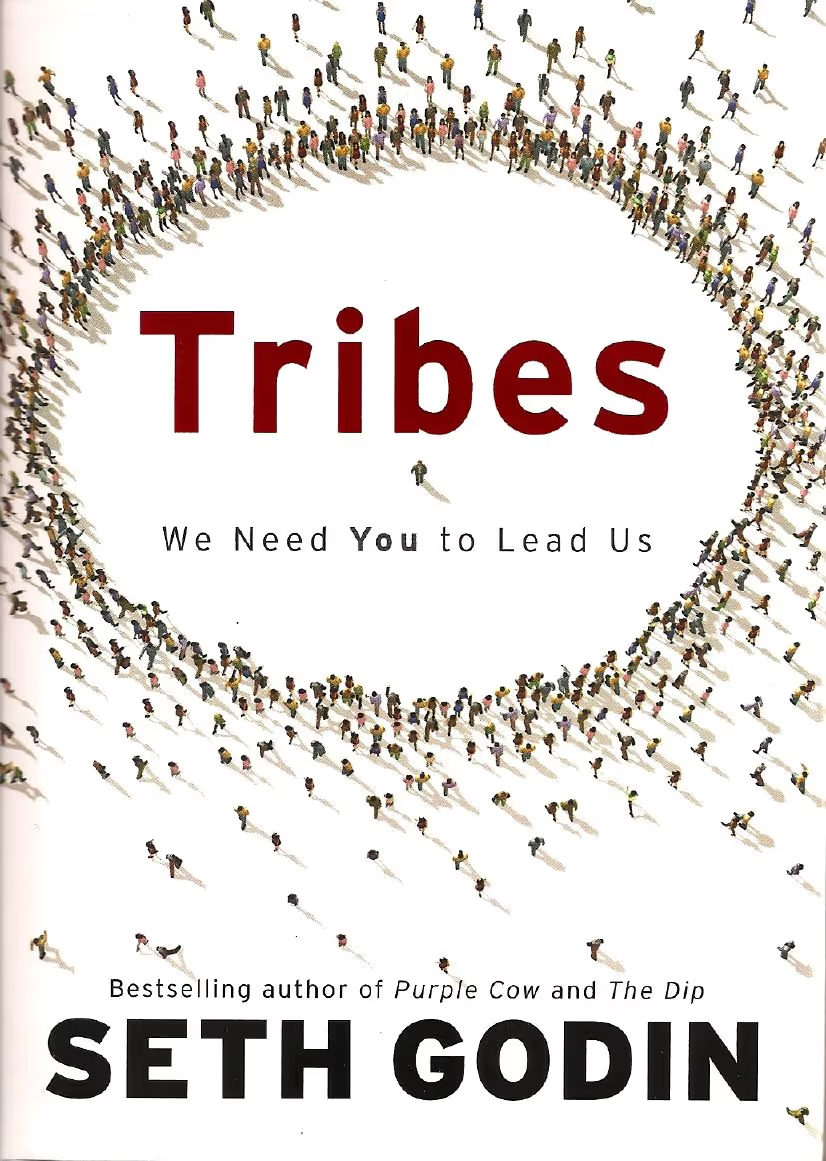
No list of the best marketing books would be complete without mentioning Seth Godin. And it’s virtually impossible to mention Seth Godin without also using the word Tribes. It’s an important book that’s as relevant today as when it was published in 2008.
Seth argues that the key to success in the 21st Century is for leaders to make their ideas unique and exclusive to a small group of people, a tribe. What’s more, with the wide reach that modern technology affords them, it’s now possible for companies to build a large tribe of interconnected, enthusiastic followers.
Seth argues that the key is to create a cause that is meaningful. Because, ultimately, that’s what unites people. If you can take care of that dimension of things, many others will fall into place and, to a degree, growth will occur naturally.
An interesting distinction is the one Seth makes between leadership and management. Both have their place but where management is about getting things done, leadership is about providing the impetus that leads to genuine and desirable change. And it’s ultimately change for the better that people, and consumers, care about.
YouthNation by Matt B. Britton - Building Remarkable Brands in a Youth Driven Culture
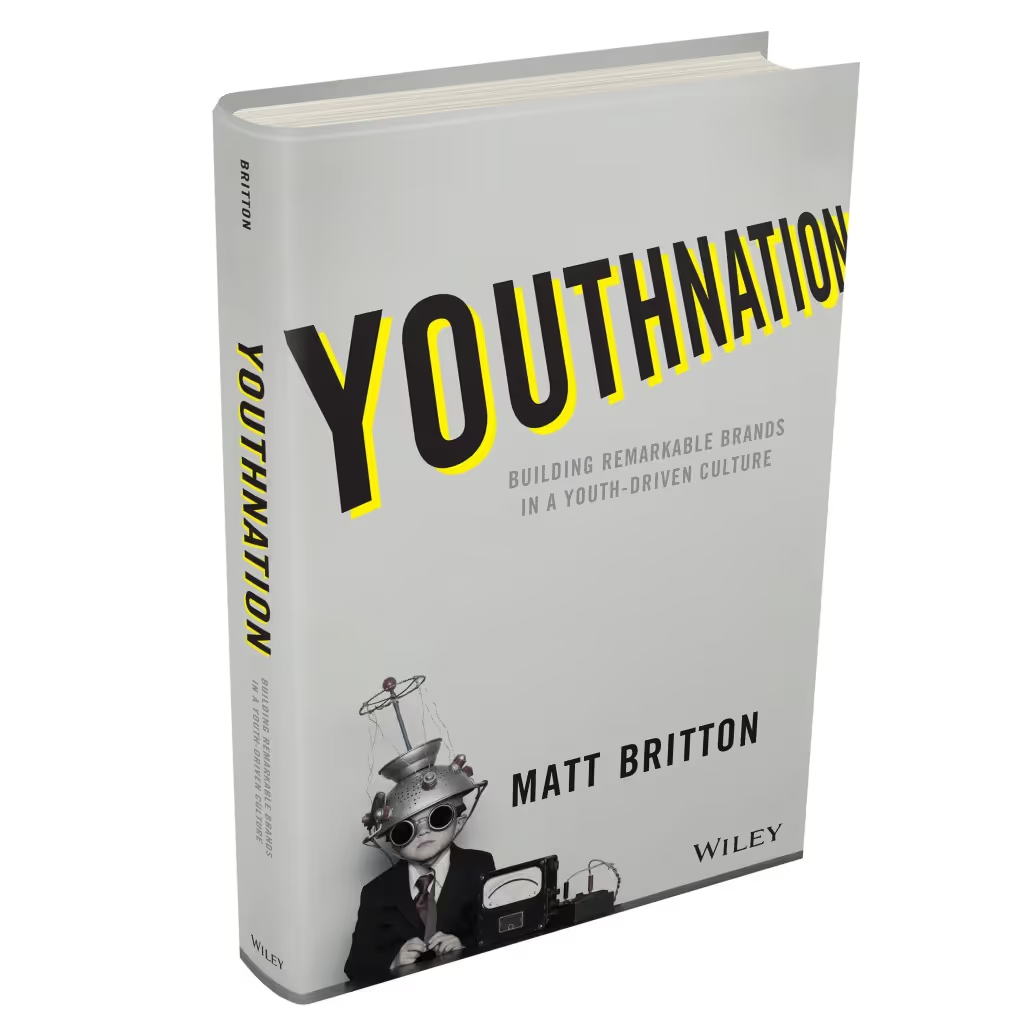
An adequate understanding of the younger generation is something that will be central to the future success of many companies. Yet it’s so often lacking. In YouthNation, Matt Britton seeks to offer insights that marketers can integrate into their strategy to effectively target this important age-group.
Planning for your future audience, he argues, means understanding that the “youth of today” are much less interested in traditional status symbols. Rather, what’s sought after is experience. This is evident in a trend that’s already been mentioned - the movement towards a membership economy. Younger people want access to products, with the freedom to cancel at any point, rather than outright ownership. They rent everything from houses and cars to the digital media they consume.
Another key insight included in the book is the significant trend towards a sharing economy. Crowdsourcing, auction sites, even things like shared car pool services - all indicate a movement towards a peer-to-peer economy rather than a direct company-to-consumer one. Enabling is becoming just as important as direct selling. It may well be the case that SaaS companies find themselves having to offer group packages as a matter of course in the near future. Finally, he talks about the tendency of “YouthNation” to favour freelance employment.
Marketing 3.0 by Philip Kotler, Hermawan Kartajaya and Iwan Setiawan - From Products to Customers to the Human Spirit
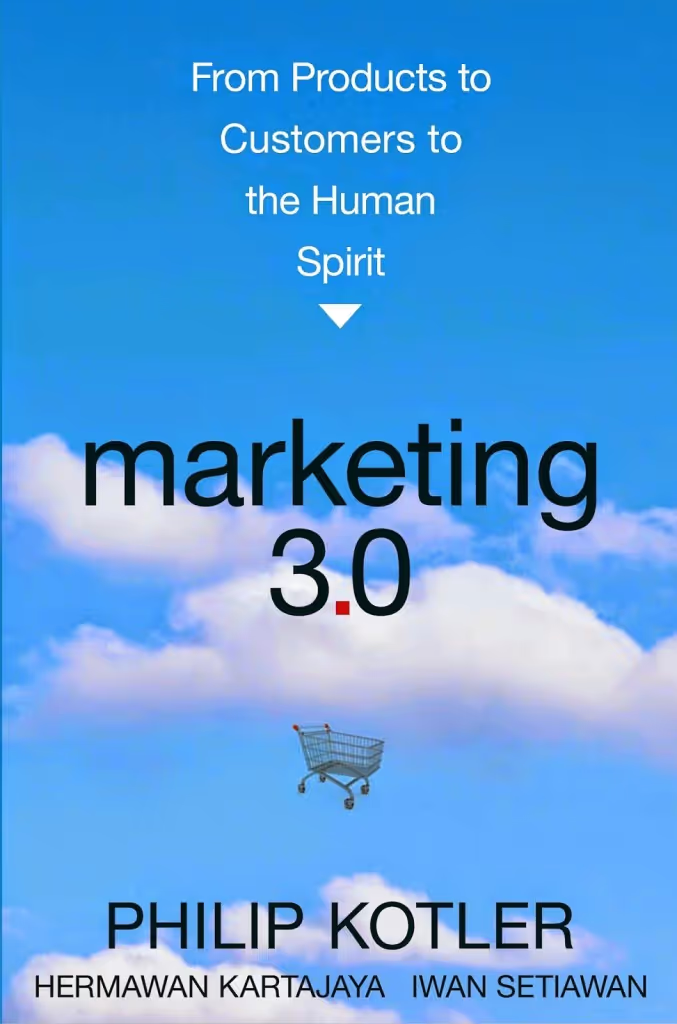
I always wondered when people would start using the phrase “Web 3.0”. Phil Kotler and his fellow authors don’t quite use that phrase exactly, but it’s close enough for me. In Marketing 3.0 the authors put forward the argument that consumers’ decisions are increasingly driven by the desire for meaning. Notice a trend with some of the other best marketing books on this list?
Interaction is a concept that’s explored in great depth in the book, and it’s taken as the cornerstone of the new vanguard of digital marketing. People don’t just consume. They share, they comment, they interact. So how can marketers adapt to this new behaviour?
Integrity, Kotler and co. argue, is at the heart of the answer to that question. Consumers are concerned about three things: mission, vision and values. A mission focuses on the way that a company strives to transform people’s lives, whilst its vision and values detail how it will achieve that mission. Once these three important elements have been defined, it’s up to the company to wrap them in a convincing story that its customers can take out into the “sharing marketplace.”
Hello, My Name is Awesome by Alexandra Watkins - How to Create Brand Names That Stick
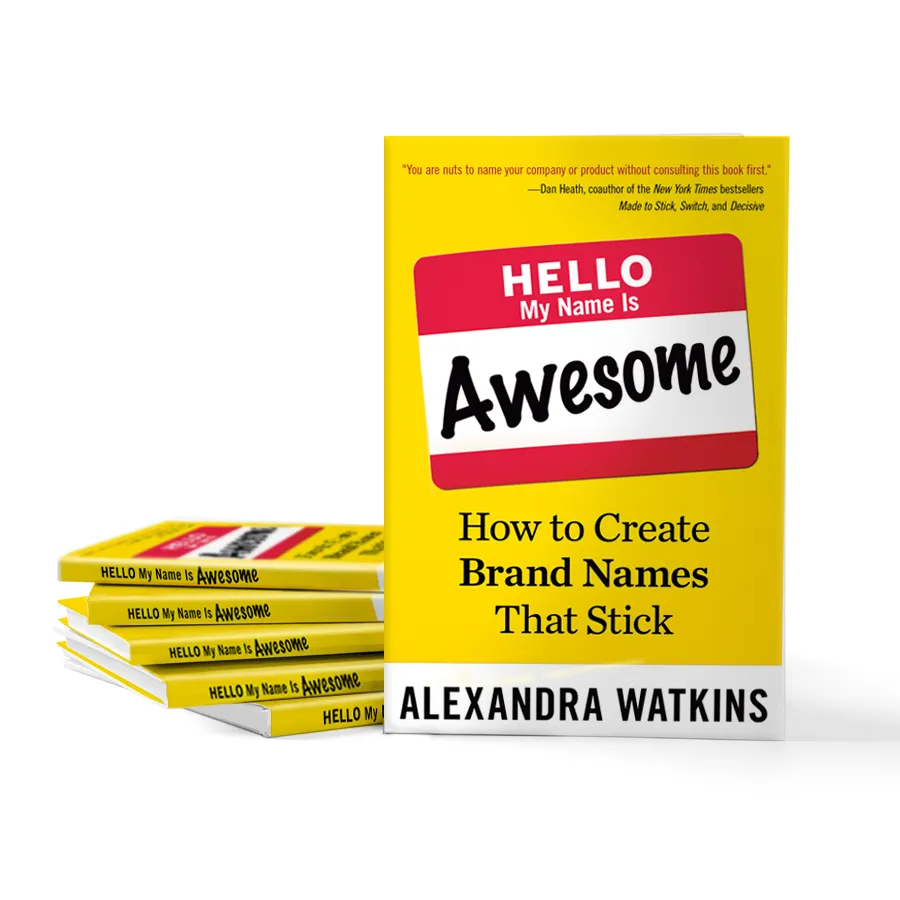
Hello, My Name is Awesome is an important book on a topic that gets far too little attention. On a basic level, it’s about effective branding. But the lessons contained within could apply to many other aspects of the way a company designs its marketing campaign.
The book highlights the importance of choosing a name that’s “sticky”. That is, one that combines meaning, emotion and creativity is equal measure. Then there’s the seven deadly sins to avoid. Specifically, names should never be: difficult to spell, similar to other brand names, restrictive, annoying, tame, technical or hard to pronounce.
Watkins goes on to outline the importance of working individually before taking name suggestions to the team. Though important, creative brainstorming can often thwart the initial creative process.
The Hard Thing About Hard Things by Ben Horowitz - Building A Business When There Are No Easy Answers
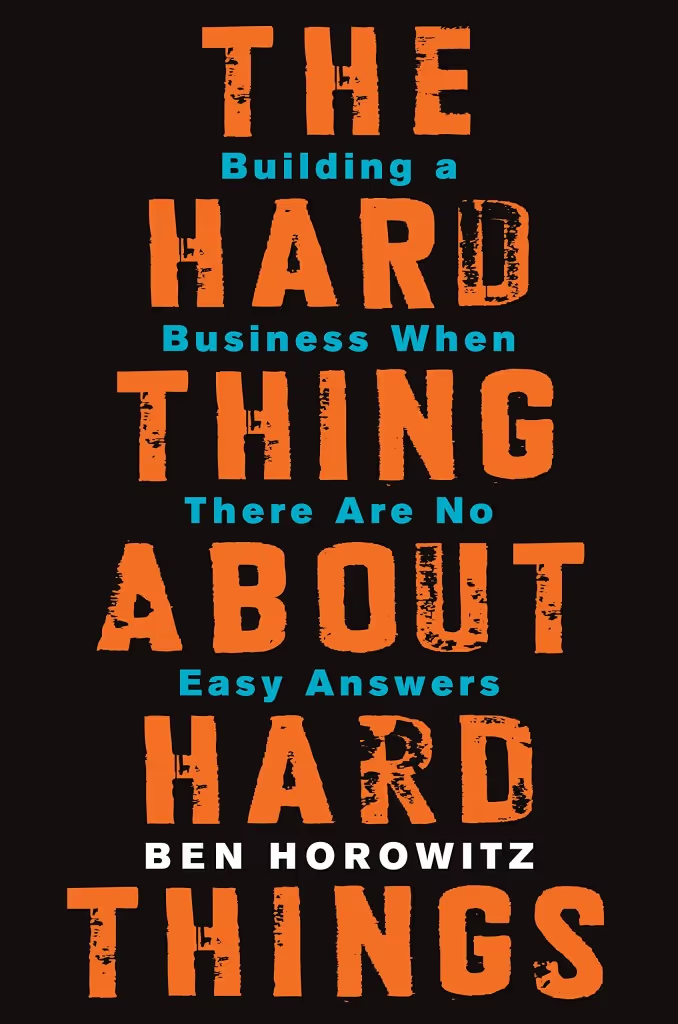
Ben Horowitz’ book was one of the most-talked leadership manuals of 2014 and 2015. It’s about the many difficulties of growing and running a company. Though it’s written from the perspective of a CEO, it’s packed with valuable insights for anybody who’s called upon to lead.
There are several key concepts that form the core of Horowitz’ philosophy. He places immense value on teamwork and its ability to lighten the load of what he calls The Struggle - the difficult period of trying to turn a vision into reality which involves numerous pitfalls. Honesty is equally vital, as is a solutions-focused company culture.
He also talks about the difficult issue of firing people - which should be done quickly and fairly - and the importance of building insights about mis-hires into the company’s future approach. For those people that are a good fit, it’s vital to look after them through a well-developed HR department.
An interesting distinction he makes is between two types of CEO personality: ones and twos. Ones are good at creating strategic growth strategies whereas twos are most at home when implementing that strategy, they’re the “doers”.The key point to understand is that whatever category you fall into it’s vital to keep developing the skills that lie outside of your natural talents.
If you ever struggle with positions of leadership - as it’s completely natural to do - then it’s definitely worth reading.
Epic Content Marketing by Joe Pulizzi - How to Tell a Different Story, Break Through the Clutter, and Win More Customers by Marketing Less
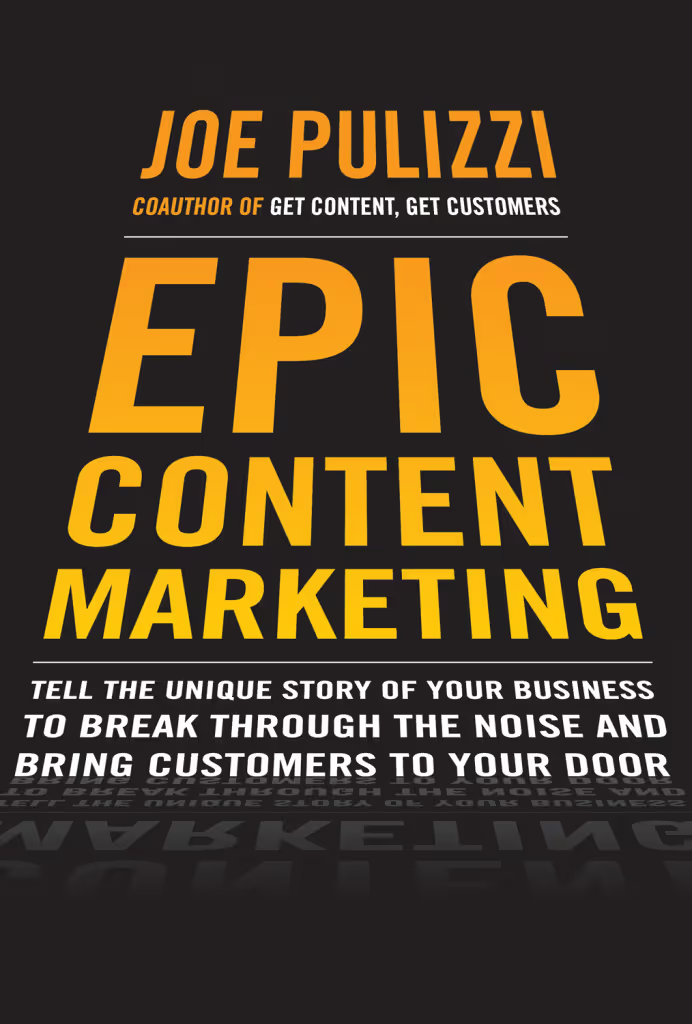
Joe Pulizzi is one of the most respected names in content marketing, best-known for his company The Content Marketing Institute. In Epic Content Marketing he outlines his strategy for planning, building and running an industry-standard content team, all the time emphasizing the central role that it should play in a company’s overall marketing strategy.
Pulizzi argues that the crash-and-clamour of traditional advertising, vying for attention by shouting louder, will soon be a thing of the past. Rather, it’s a company’s ability to understand its potential user base and provide content-based solutions that, Pulizzi argues, will determine its success.
He outlines three types of content marketing: content-awareness, thought-leadership and storytelling. Content-awareness consists of providing valuable information alongside a company's offering (such as through a blog) in order to raise awareness about its brand. Thought-leadership is about providing industry-leading ideas and advice, thus framing a brand as an innovator. Finally, storytelling is about incorporating a brand’s unique mission into the content that’s provided. Each one has its place and all are effective.
The later part of the book talks about some of the best methods of promotion and ROI measurement. A great example is the 4-1-1 social media strategy, in which four pieces of third-party content are shared, one original piece and one advertisement.
Pulizzi is keen to point out that content marketing shouldn’t replace traditional promotion, but rather that it now deserves a permanent place alongside it.
Steve Jobs by Walter Isaacson
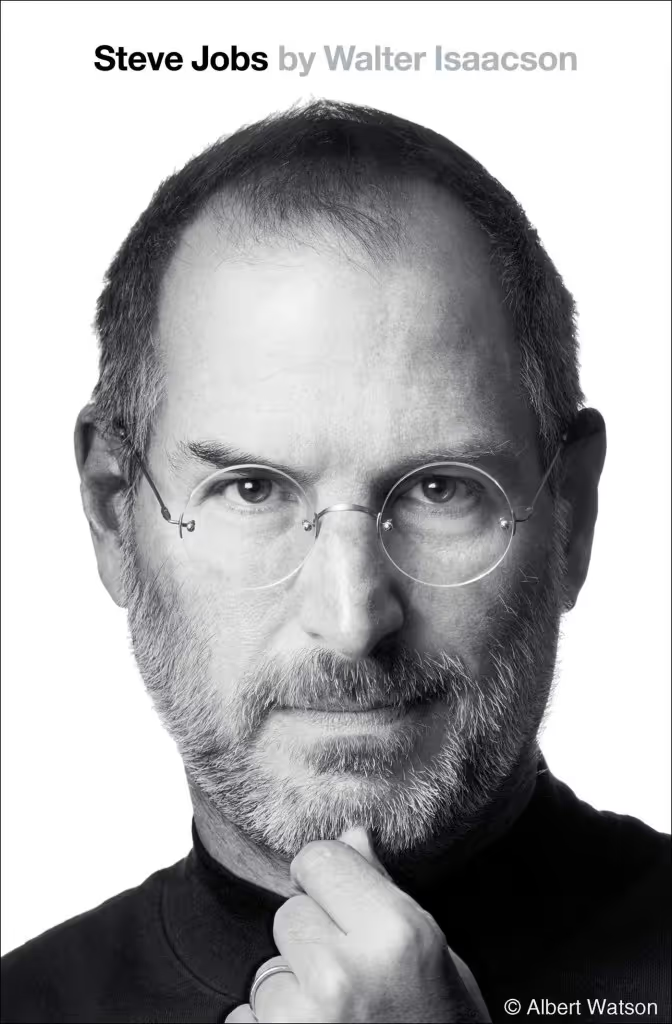
Ever wondered why Steve Jobs believed he could cure his cancer by eating fruit? Or how LSD is responsible for some of the world’s most iconic brands? If you have, then this book, packed with both personal and business insights, is for you.
Isaacson writes about how Jobs’ approach to the world of computing was shaped as much by his interest in art and spirituality as it was by his keen business sense, how his controlling temperament often worked against him, and, importantly, how his life was defined by many failures alongside his successes.
There are many actionable marketing tactics to be learned from Job’s example. Take for instance, his digital hub strategy where every aspect of the digital experience was catered for through the iPad, iPhone and iPod. Or his insistence on “closed systems”, controlling every aspect of product creation.
I won’t divulge too much information. It’s more a story than it is a “manual”, but it’s well worth your time even so.